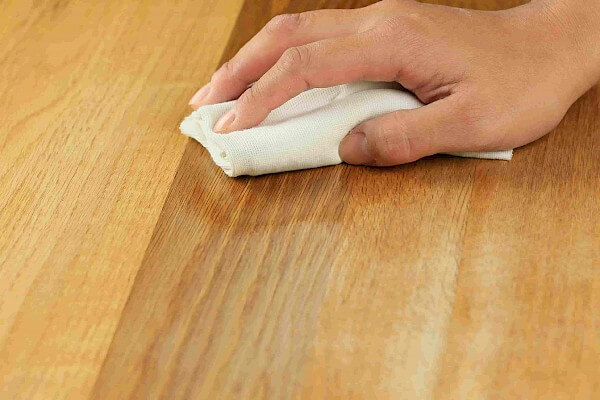
How We Improve Our FURNITURE POLISHING In One Week
Test the polish: Test the polish on a small, inconspicuous area of your furniture to ensure it doesn’t damage or discolor the surface.
Apply the polish: Apply a small amount of the polish to a clean, soft cloth and rub it gently onto the surface of your furniture, following the grain of the wood. Work in small sections and use circular motions to evenly distribute the polish.
Buff the furniture: Once you have applied the polish to the entire piece of furniture, use a clean, dry cloth to buff the surface. This will remove any excess polish and leave a shiny, smooth finish.
Repeat as necessary: If your furniture requires more than one coat of polish, repeat the process after allowing the first coat to dry completely.
Maintain the furniture: To maintain the shine and finish of your furniture, dust it regularly and use a gentle cleaner when necessary.
Why Some Hate FURNITURE POLISHING
It can be a time-consuming task: Furniture polishing can be a time-consuming task, especially if you have a lot of furniture to clean and polish. Some people may not have the patience or time to complete the task, which can make it a tedious chore.
It can be physically demanding: Polishing furniture can also require physical effort, especially if you have to move heavy pieces or apply the polish using a lot of elbow grease. For people with physical limitations or health issues, this can be a challenging task.
It can be messy: Furniture Polishing can be a messy process, as the polish can get on your hands, clothes, and other surfaces. Some people may not like the messiness of the task or may find it difficult to clean up properly.
Some people may be allergic to the chemicals in furniture polish: Furniture polish can contain chemicals that some people may be allergic to or find irritating. This can cause skin or respiratory problems, making the task of furniture polishing uncomfortable or unpleasant.
It may not be effective: Some people may feel that furniture polish does not make a significant difference in the appearance or longevity of their furniture, making it seem like a pointless task.
Tips That Will Make You Influential In FURNITURE POLISHING
Know your furniture: Different types of furniture require different types of polishing. Knowing the type of wood or material your furniture is made of is important in determining the appropriate polish to use.
Apply polish sparingly: A little goes a long way when it comes to furniture polish. Apply a small amount of polish to your cloth or brush, and work in small sections, using a circular motion to spread the polish evenly.
Allow time to dry: Allow the polish to dry completely before buffing the surface. This will ensure that the polish has a chance to penetrate the wood or material and provide maximum protection.
Store properly: Proper storage is also important in preserving the life of your furniture. Keep your furniture out of direct sunlight and away from heat sources to prevent fading, warping, or cracking.








